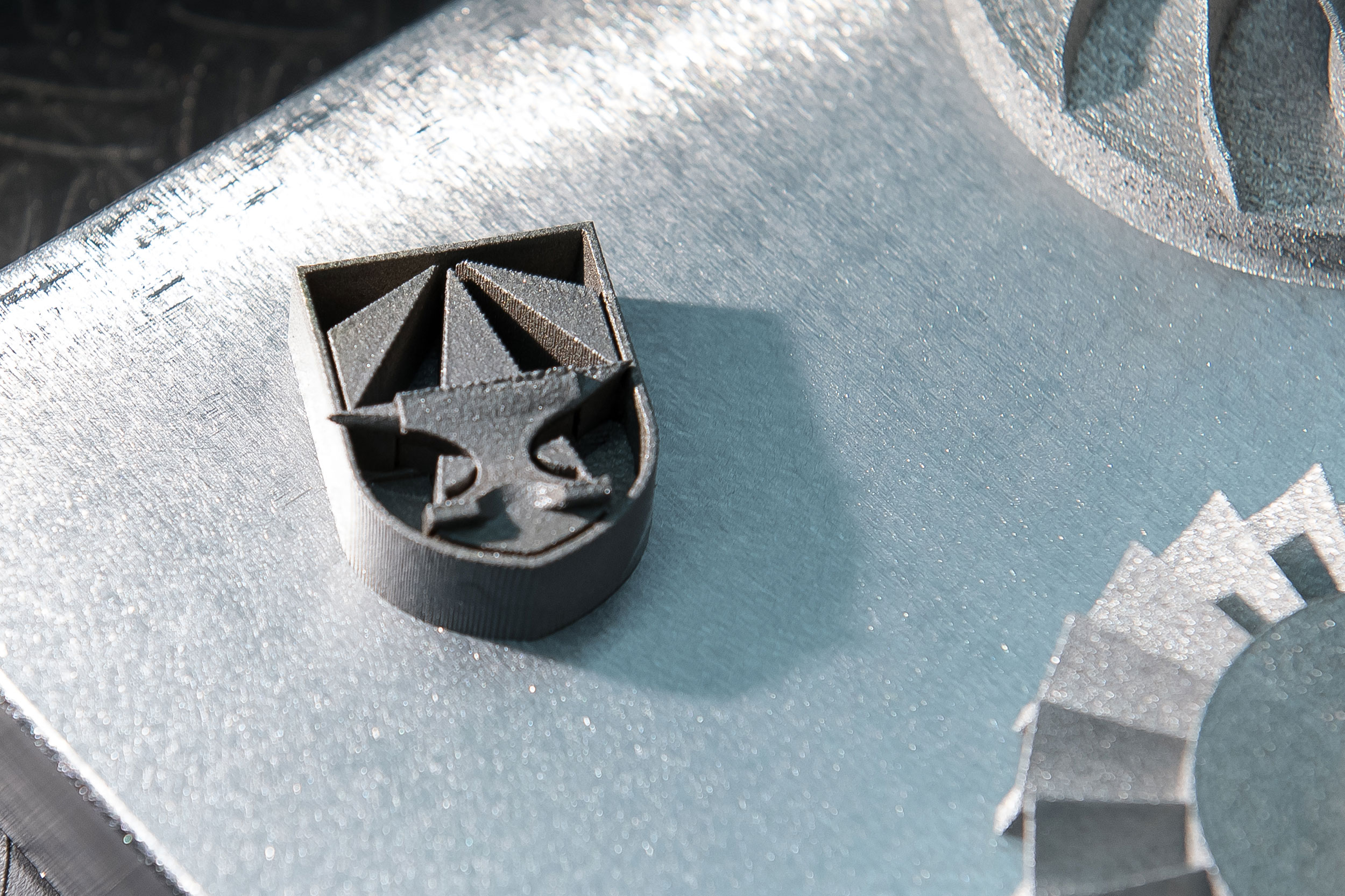The U.S. Army CCDC Army Research Laboratory (ARL) has discovered a method of predicting the performance of 3D printed parts and understanding any imperfections that can affect their performance.
Detailed in a new study, the ARL will detect and monitor the wear and tear of 3D printed maraging steel through sensor measurement. Such measurements can help the military predict when parts will degrade or fail, and need replacement, allowing them to maintain readiness.
“3D printed parts display certain attributes, due to the manufacturing process itself, which, unchecked, may cause these parts to degrade in manners not observed in traditionally-machined parts,” explains Dr. Jaret C. Riddick, director of the Vehicle Technology Directorate at the U.S. Army’s CCDC Army Research Laboratory.
“Because of this, it’s commonly understood that the use of these parts, in current cases, is meant to be a stop-gap to fill a critical need just as we have seen with 3D printing during the COVID-19 response.”

Real-time monitoring of 3D printed parts
The study, published recently in the International Journal of Advanced Manufacturing Technology, was led by a team of researchers from the CCDC laboratory, the National Institute of Standards and Technology, CCDC Aviation and Missile Center, and Johns Hopkins University.
It details the use of an experimental validation set for assessing the real-time fatigue behavior of metallic additive manufacturing maraging steel beams, produced using a laser powder bed fusion (LPBF) 3D printing process. Maraging steels are carbon-free iron-nickel alloys known for possessing superior strength and toughness without losing ductility.
The metal parts were assessed using X-ray computed tomography (CT), nano-indentation, and atomic force microscopy. A quasi-static testing process was used to evaluate the as-printed state.
Ensuring the quality and performance of 3D printed parts are key requirements for a majority of manufacturers. British engineering firm Renishaw, for example, developed a new software and hardware package that aims to improve the quality of LPBF builds through the measurement of acoustics. Sigma Labs also provides its PrintRite3D in-process quality assurance (IPQA) software package for real-time metal additive manufacturing in-process monitoring.
Digital Twins are used by the likes of Siemens to provide complete virtualization of their development and machine processes, enabling real-time monitoring of production performance.

Ensuring the Army is ready for deployment with 3D printing
Dr. Riddick explains that the ARL study points to a validation process that ensures readiness in environments where the immediate need for replacement parts places constraints on the time it takes to deliver them from far away. In such instances, soldiers normally opt for a stop-gap to continue the mission rather than aborting the mission completely.
Dr. Todd C. Henry, a mechanical engineer at the laboratory who co-authored the study, likens the cues given by the validation set regarding the material’s performance to a vehicle odometer reading that signals a need for an oil change: “The strain or eddy current sensor would supply a measurement and let you know the part needs replaced.” Dr. Henry also wants to develop a tool for measuring the unique performance of each 3D printed part, acknowledging that each is different via sensor measurement.
“If I took a batch of paper clips and started bending them back and forth they’ll break from fatigue damage at different intervals depending on the internal imperfections associated with the steel,” adds Dr. Henry. “Every real-world material and structure has imperfections that make it unique in terms of performance so if the batch of paper clips take 21-30 cycles to break, what we would do today is after 15 cycles throw the batch of paperclips away to be safe.”
Typically, Dr. Henry continues, imperfections in 3D printed parts are attributed to voids and geometric variance between the computer model and the print. The sensor technology developed at the ARL offers a way to track individual parts, predict failure points, and replace them a few cycles before they break.
“In order to create a high trust situation, you take little risk such as throwing the paper clip away after 15 cycles even though the lowest lifetime in your test batch was 21. If you try to take more risk and put the throw away limit at 22 cycles then the paperclip may break on someone sometime but you will save money.”
Army researchers are applying these findings to new studies involving 3D printed stainless steel parts and using machine-learning techniques, instead of sensors, to characterize the life of parts, Henry said.
“With 3D printing, you might not be able to replace a part with the exact same material,” he said. “There is a cost and time benefit with 3D printing that perhaps warrants using it anyway. Imagine a situation where you always chose the strongest material but there was another material that was cheaper and easier to get however you need to prove that this other material can be depended on.”
Dr. Henry’s co-authors for the paper, “In-Situ Fatigue Monitoring Investigation of Additively Manufactured Maraging Steel” are Dr. Francis Phillips and Dr. Dan Cole, CCDC Army Research Laboratory; Dr. Ed Garboczi, National Institute of Standards and Technology; Dr. Robert Haynes, Combat Capabilities Development Command Aviation and Missile Center and Dr. Terrence Johnson, Johns Hopkins University.
The nominations for the 2020 3D Printing Industry Awards are now open. Who do you think should make the shortlists for this year’s show? Have your say now.
Subscribe to the 3D Printing Industry newsletter for the latest news in additive manufacturing. You can also stay connected by following us on Twitter and liking us on Facebook.
Looking for a career in additive manufacturing? Visit 3D Printing Jobs for a selection of roles in the industry.


